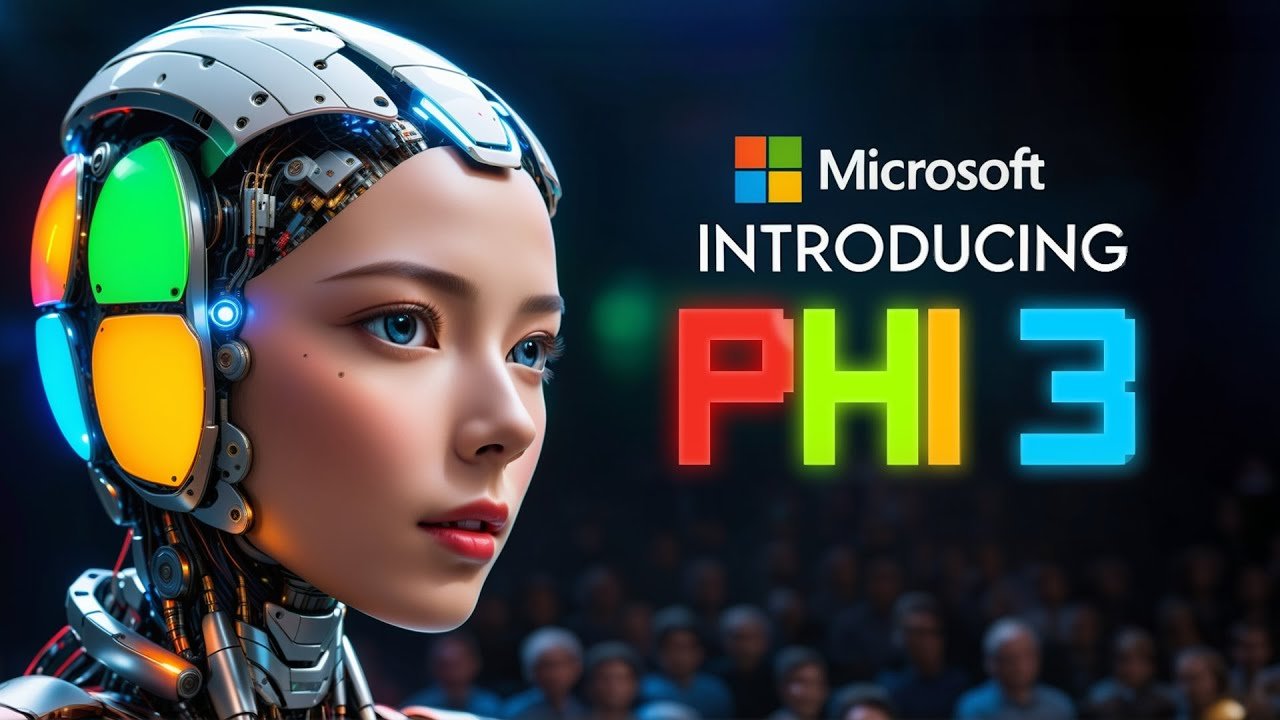Welcome Microsoft’s New PHI-3 AI: Turn Your iPhone Into A Computer Power
In the cont inually changing landscape of technology, Microsoft has once again pushed the boundaries with its latest release: PHI-3 AI. This pioneering development will turn your iPhone into an unmatched AI superpower, revolutionizing the capabilities of mobile devices.
The Dawn of a New Era in Mobile AI
Microsoft’s family of open AI models, including the PHI-3 AI, represents the company’s commitment to advancing the state of AI technology. The PHI-3-mini, with its 3.8 billion parameters, is a small language model (SLM) that excels due to its wonderful performance and adaptability.
Unmatched Performance in Such a Small Size
Despite its small stature, the PHI-3-mini has incredible power–outperforming models twice its size or even larger ones like the GPT-3.5T. This is a feat of engineering that brings high-quality AI performance directly to your hand and fingertips.
AI Unleashed on the iPhone 14
The PHI-3-mini model is adapted specifically to the iPhone 14 and does not sacrifice user privacy to achieve advanced features. It works offline, integrating unobtrusively with everyday devices and is light enough to be stored locally on a smartphone.
Security and Connectivity Come First
With PHI-3 AI, end users can enjoy the advantages of AI technology but their privacy is ensured. The model works offline, so personal data can remain on the device and kept safe.
A New Frontier for Developers
The advent of PHI-3-mini represents a world of possibility for developers. It is compatible with a range of technical frameworks and can be run on traditional computing devices as well as edge devices like mobile phones and IoT devices.
How does PHI-3 compare to other mobile AIs?
Efficiency and Behavior
With the PHI-3, a new approach to efficiency: through advanced training methods and quantization optimizations,for instance. The result of this process is a smaller and faster network with less but more efficient uses of memory space.
In all benchmark tests PHI-3 models outperform other large size language models of the same or larger size. But that is not at all; it also happens to perform well on root apps!
Innovative Architecture
Phi-3 creates highly spares transformer architectures while other models create mixed moe data structures. Rather than simply paying ineffectively process all the information presented by an input, sparse transformers which Phi-3 uses always focuses on that which is relevant and this improves long range dependency processing while capturing nuances in data relationships better for our model.
Versatility
PHI-3 is optimized for use on a variety of devices. It can be utilized in small embedded systems or mobile phones systems as easily as Windows-based computers. In fact it outperforms large AI models that are currently available while taking up less physical space–which makes it a big winner for figure processors in small device projects from the outset.
Comparison with Other Models
As a means of generating top-quality output, PHI-3 does it differently from Llana-3 which has a MoE architecture. But in point of fact the PHI-3 neither uses MoE nor adheres sparsely transformers, and still to a high degree qualitatively superior outputs.
Conclusion
Microsoft’s PHI-3 AI is not simply an evolutionary update; it’s a step into new territory. It gives iPhone users the kind of AI capabilities normally reserved for high-end computers. As we embrace this new technology, we can only wait to see the creative applications and solutions that will emerge, making our lives more connected and smarter than ever before.

